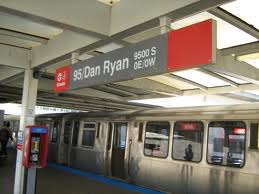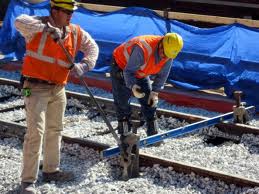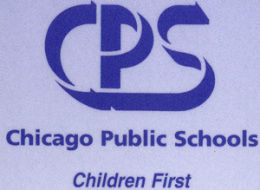 On September 28, 1969, the southern part of the Red Line was completed for the first time. This section has been worn down over the years and 44 years later, they are in dire need of repair. Yet, where does one start? This is a tough decision to make. In the eyes of an operations manager, the entire section of track is completely in shambles, and there are sections that need repairing. Yet, even if that track is repaired, how much is it going to cost? That is the question that the Chicago Transit Authority (CTA) had to ask.
On September 28, 1969, the southern part of the Red Line was completed for the first time. This section has been worn down over the years and 44 years later, they are in dire need of repair. Yet, where does one start? This is a tough decision to make. In the eyes of an operations manager, the entire section of track is completely in shambles, and there are sections that need repairing. Yet, even if that track is repaired, how much is it going to cost? That is the question that the Chicago Transit Authority (CTA) had to ask.
There was a lot of work that needed to be done. The tracks haven’t been fixed in 44 years and “the limestone ballast is worn [as well], failing to properly drain water from the rail bed or keep the tracks securely in place” (Chicago Tribune). So, that has to be fixed as well because it wouldn’t make sense to fix the tracks if the supports wouldn’t hold them. Working with Kiewit Infrastructure Corporation, the CTA approved a plan in April to completely redo the entire track section between Cermak-Chinatown to 95th/Dan Ryan. This company will completely disassemble the entire supports of the old track system and put in new tracks as well as a new drainage system under the tracks. The total cost of this will be $425 million dollars.
This project is expensive, but it will give jobs to 1,200 workers that will work in two 10-hour shifts for 6 days for a total of 5 months.  Once this project gets finished, the benefits will show. With the new track system, the South Side Red Line Branch will be able to increase speeds from 15 mph to 55 mph, make a downtown commute to 95th/Dan Ryan 20 minutes shorter, and make the Red Line in general have a much smoother commute as well. This process can clearly create efficiency for the Red Line as well as the other CTA trains.
Once this project gets finished, the benefits will show. With the new track system, the South Side Red Line Branch will be able to increase speeds from 15 mph to 55 mph, make a downtown commute to 95th/Dan Ryan 20 minutes shorter, and make the Red Line in general have a much smoother commute as well. This process can clearly create efficiency for the Red Line as well as the other CTA trains.
Yet, devil’s advocate is that a good section of the Red Line is being worked on and the people who live down there have to take longer to get to where they need to go. There would be also traffic tie-ups as well. Behold option #2. With this first option in mind, there happens to be alternative plan as well. It would have all the necessary adjustments done on the weekends, and would keep the train running during the week. The bad news? $75 million more and four years extra to finish. In my opinion, the first option is the better offer, and in the end, it will help out everyone and it also appears to be the most efficient, which is what the CTA believed to when they made this agreement. It will also save money and time in the future even though it would cause headaches and tie-ups now.
Do you believe that CTA was correct to go with their first option or should they have tried the second option?
Sources:
Hilkevitch, Jon. “Red Line Going Offline during Reconstruction.” Chicago Tribune. Chicago Tribune, 10 May 2013. Web. 23 May 2013. <http://articles.chicagotribune.com/2013-05-10/news/ct-met-cta-red-line-south-rebuild-20130510_1_red-line-95th-street-stations-green-line>.
 schools and filling other schools help cut costs and make it more efficient for the schools if they are full. Yet, the problem is what to do with the schools that are closed and empty.
schools and filling other schools help cut costs and make it more efficient for the schools if they are full. Yet, the problem is what to do with the schools that are closed and empty.  seniors 55 or older that have a low income can have a place to live. Seniors who can’t afford housing have found a place to live and the city of Milwaukee was able to convert an old school into a beautiful place for others. Yet, there is a catch.
seniors 55 or older that have a low income can have a place to live. Seniors who can’t afford housing have found a place to live and the city of Milwaukee was able to convert an old school into a beautiful place for others. Yet, there is a catch.